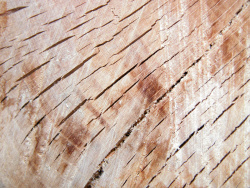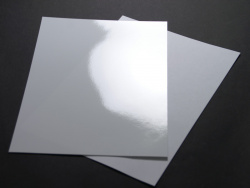Clues and Knowhow Office Paper: Knowhow 2: Paper grades
There are a great deal of different kinds of papers for various purposes, from tissue paper to cardboard. We are talking about office papers for ink and laser printing.
Paper with and without wood content
We find paper without wood (wood-free) (better: lignin-free) and containing wood (better: containing lignin).
Wood-free papers consist mainly of wood pulp with a maximum of five percent of woody fibres.
They are used for high quality papers. Papers containing wood consist mainly of chemical pulp and are often used for newsprint.
To differentiate between "wood-free" and "containing wood" is inaccurate, because both contain wood, just in different forms.
The main differentiator is the amount of lignin: Paper containing wood has a lot, wood-free paper almost no lignin.
Lignin (latin "lignum" = wood) is a colorfree substance, which embeds into the cell walls and lignifies them, that is, makes them become wood.
If lignin remains in the paper, it tends to yellow soon. Paper free of or with little lignin shows yellowing never or much later.
Coating is a method of adding material to the paper surface, to add special characteristics to it. These can be different kinds of glues or pigment pastes. This process refines the surface and prepares the paper for what it is designed for.
Paper can be coated on one side or on both. You often find soft or high gloss, a smooth surface and a special feeling when you touch the paper.
Consequently non-coated papers have no specially treated surface. They are often used for newsprint.

 Wood: Contains lignin.
Wood: Contains lignin.
